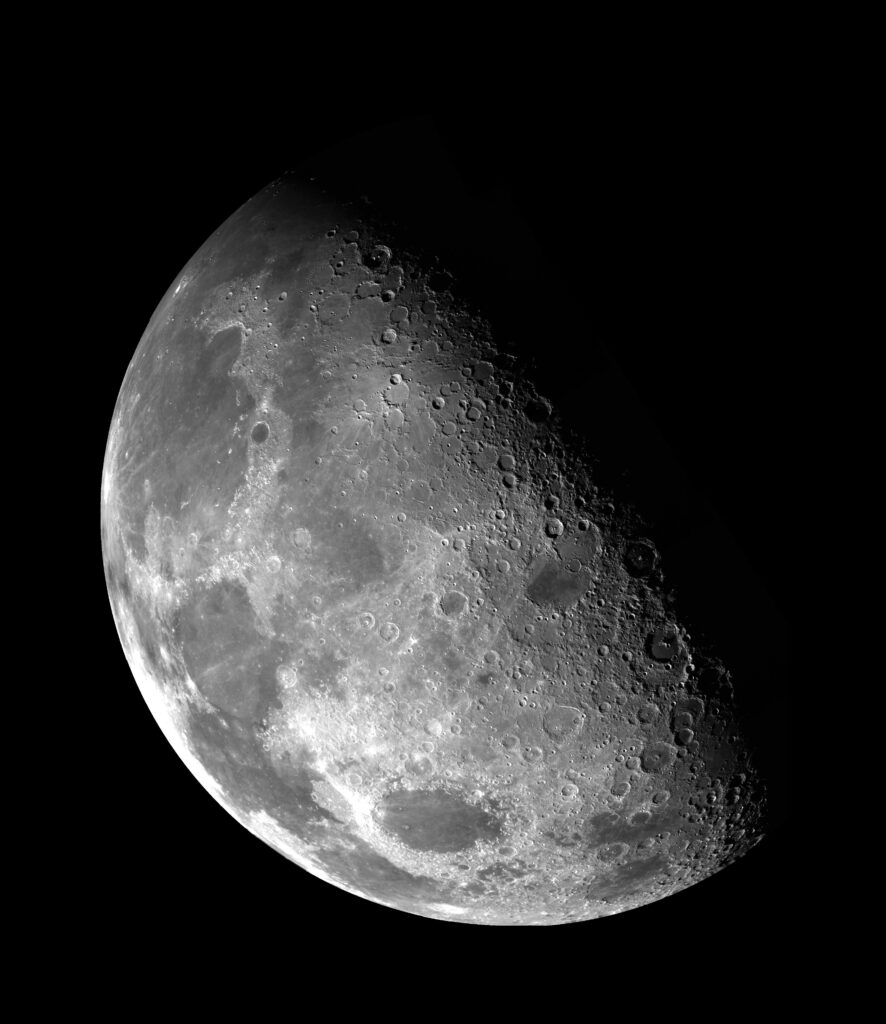Solar Wind, a stream of very energetic particles that originates from the Sun, is constantly pelting the surface of the Moon. Water is hypothesized to have formed on the Moon as a result of the Solar Wind. But a fresh inference has been drawn using data from ISRO’s Chandrayaan-1
Researchers from the University of Hawaii and their team of experts have discovered that the production of water on the Moon may be caused by high energy electrons from Earth. The researchers used Chandrayaan-1 remote sensing data from India’s lunar expedition.
According to the Press Trust of India, the researchers discovered that these electrons in the Earth’s plasma layer are influencing how the Moon weathers.
Weathering is the breakdown or evaporation of minerals and rocks. On Earth, weathering typically occurs as well.
The study conducted by the group apparently appeared in the journal Nature Astronomy. According to the study, the Moon’s water may have formed with the assistance of electrons.
According to the experts, it is crucial to understand the distribution and amounts of water on the Moon in order to comprehend how the Moon formed and evolved. The study may potentially pave way to give water resources for future human exploration.
The Chandrayaan-1 mission of the Indian Space Research Organization (ISRO) was crucial in identifying water molecules on the Moon. The Chandrayaan program’s first Indian lunar probe, the mission was launched in 2008.
Solar Wind, a stream of very energetic particles that originates from the Sun, is constantly pelting the surface of the Moon. On the Moon, water is hypothesized to develop as a result of the solar wind.

Researchers looked at how quickly water forms on the Moon when it travels through the magnetotail of Earth, which completely protects it from the solar wind.
When the Moon passes through the magnetotail, the rate of water creation and weathering on the moon should naturally slow down.
“The lunar surface gets battered by solar wind when the Moon is outside the magnetotail. According to Shuai Li, an assistant researcher at the university’s Manoa School of Ocean, “water formation was projected to reduce to almost zero inside the magnetotail since there are almost no solar wind protons there. The PTI cited Shuai Li.
Li and the study’s other authors examined remote sensing information gathered between 2008 and 2009 by Chandrayaan-1. They evaluated how the Moon’s passage through the magnetotail of Earth affected variations in water production.
Li stated, “To my amazement, the remote sensing data revealed that the water production in the Earth’s magnetotail is almost identical to the period when the Moon was outside of the Earth’s magnetotail.
This suggests that there might be alternative formation processes or fresh water sources in the magnetotail that aren’t directly related to the implantation of solar wind protons. In particular, radiation from high-energy electrons has characteristics that are similar to those of the protons in the solar wind, he said.



